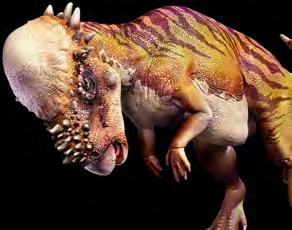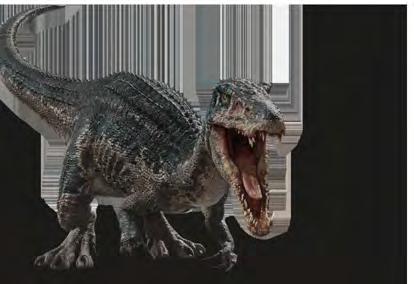
3 minute read
Gender diversity
GENDER EXPRESSION GENDER EXPRESSION GENDER EXPRESSION GENDER EXPRESSION GENDER EXPRESSION
You may be used to thinking that if somebody has male genitalia, they are male, and if they have female genitalia, they are female. However, somebody can remain the same biological sex, and express themselves as an entire simply, ‘your biological sex.’ I can’t count how many times I’ve spoken to my friends and family about the topic, and have been hit with the same old. ‘But how can someone be NOT male or female? You either have a penis, or a vagina. That’s that.’ I’m sure that you’ve heard something similar. Now what if I told you… gender isn’t about what’s in your pants anymore! You could, for example be a female biologically, and identify as a male, and vice versa. Or you could even identify as non-binary! You don’t have to be cisgender, if you’re not comfortable being cisgender. (Cisgender meaning, staying the same sex and gender identity that you were assigned at birth). According to Healthinfo Canterbury, approximately one in one hundred people identify as transgender. You might be confused as to how you can be ‘not male or female’, but it is all with the magic of ‘gender expression!’ Non binary as a whole, might be perceived as strictly angrogenous looks. Though, this is untrue. A person could look and dress in a feminine way, and still be non binary. The same could be said for a person that dresses or looks a masculine way. A lot of non binary people might just look masculine or feminine, but they are still non binary. Like Jonathan Van Ness, who is well known from the popular tv series, Queer eye. They have a beard, which is typically labelled by most as a trait of somebody who is masculine, but they are still non-binary.
Advertisement
The key thing for this question is, Pronouns!
You might ask this question a lot, since you may have heard of people who identify as non-binary, but not know much about the topic. Well, for your information they are people that identify their gender as something other than simply male, or female, the two binary genders. It doesn’t matter what their body looks like.
the list goes on! There’s even less common ones such as ze, hir, hirs, and xe, xem, xyr. Plenty of information out there! For example, on many websites out there, for example, lgbtlifecenter.org, which gives information on what pronouns some people may use and how to address them properly, along with another few terms regarding gender that you might not know. The polite thing to do is just to ask them what their pronouns are. If you are unsure, you talk about them. In today’s world, there is still a lot of hate being directed towards those who choose to identify themselves as something other than their biological sex. According to beyondbullying.com, 83 percent of trans young people say they have experienced name calling, 35 percent have experienced physical attacks, and a shocking 27 percent of trans young people, have attempted suicide. If you want to help to make the world a little more comfortable for those who don’t identify as their biological sex, you can start with two things. First, you can make asking about people’s pronouns more normalised, by doing it with new people you meet! Encouraging the sharing of pronouns would be a major step up for everybody. You can add onto a conversation with somebody you’ve just met, by sharing your pronouns. This way, they will feel very comfortable with sharing theirs! It also shows that you genuinely care about their identity, and are willing to accept them for who they are.
What kind of person wouldn’t want people to give them that dignity? ple like they’re weird for having non cis-gender expressions. Treat them with the same respect that you would with any cisgender person. Because they are just like you, and have the right to acceptance, like everybody else.












